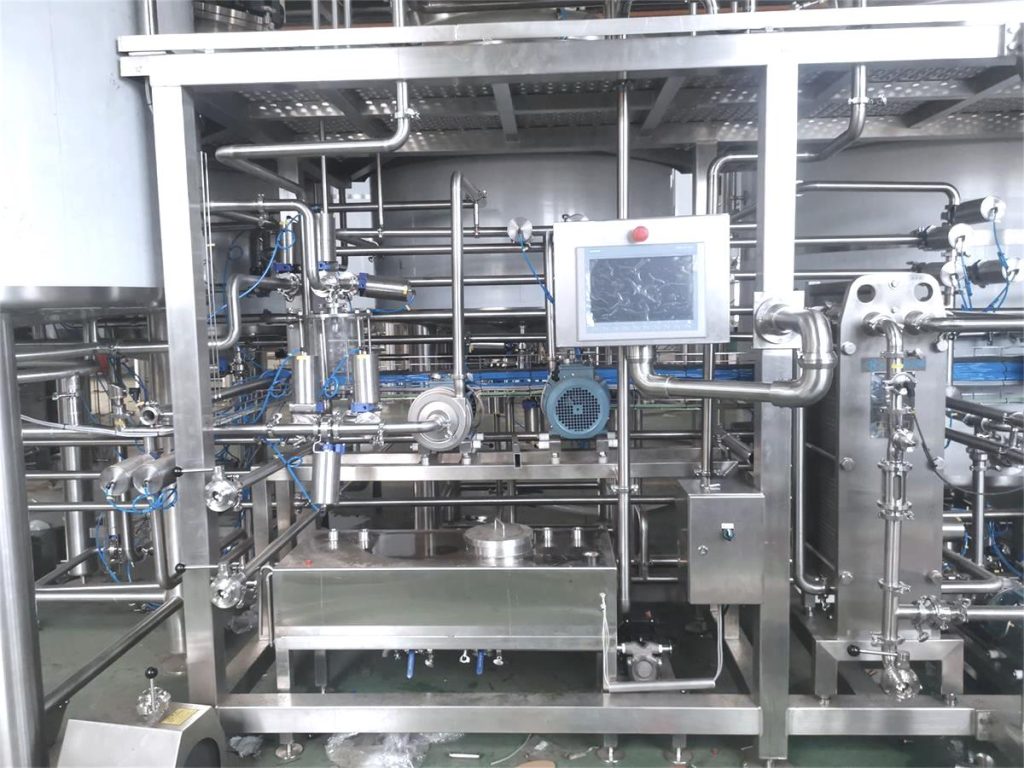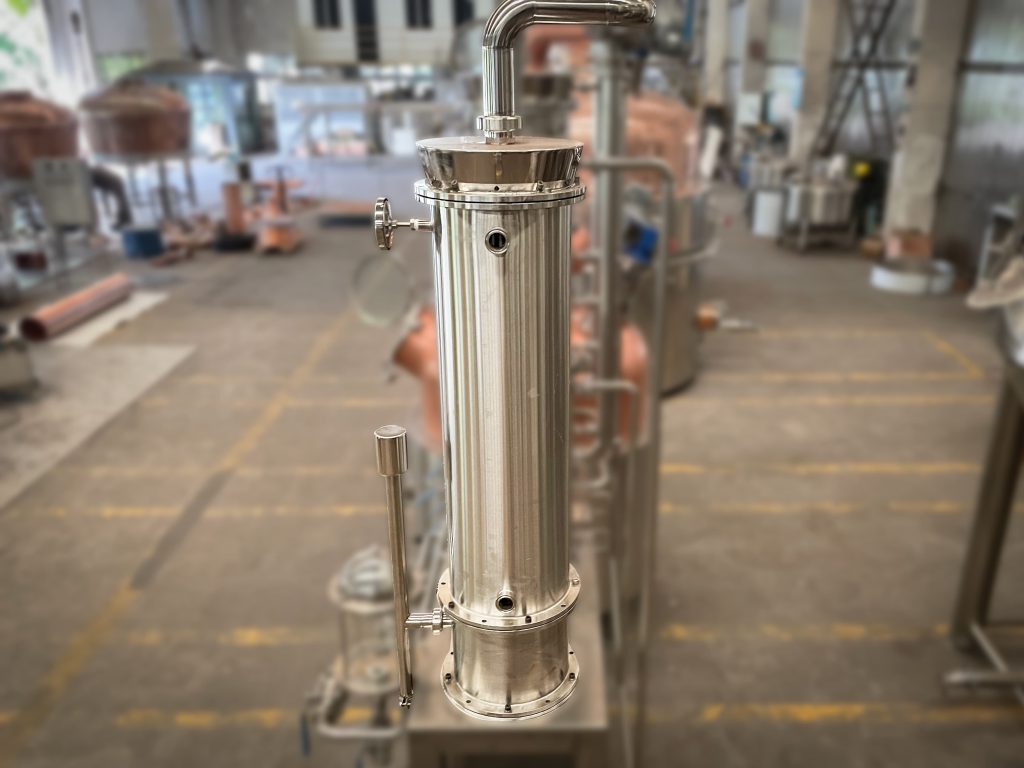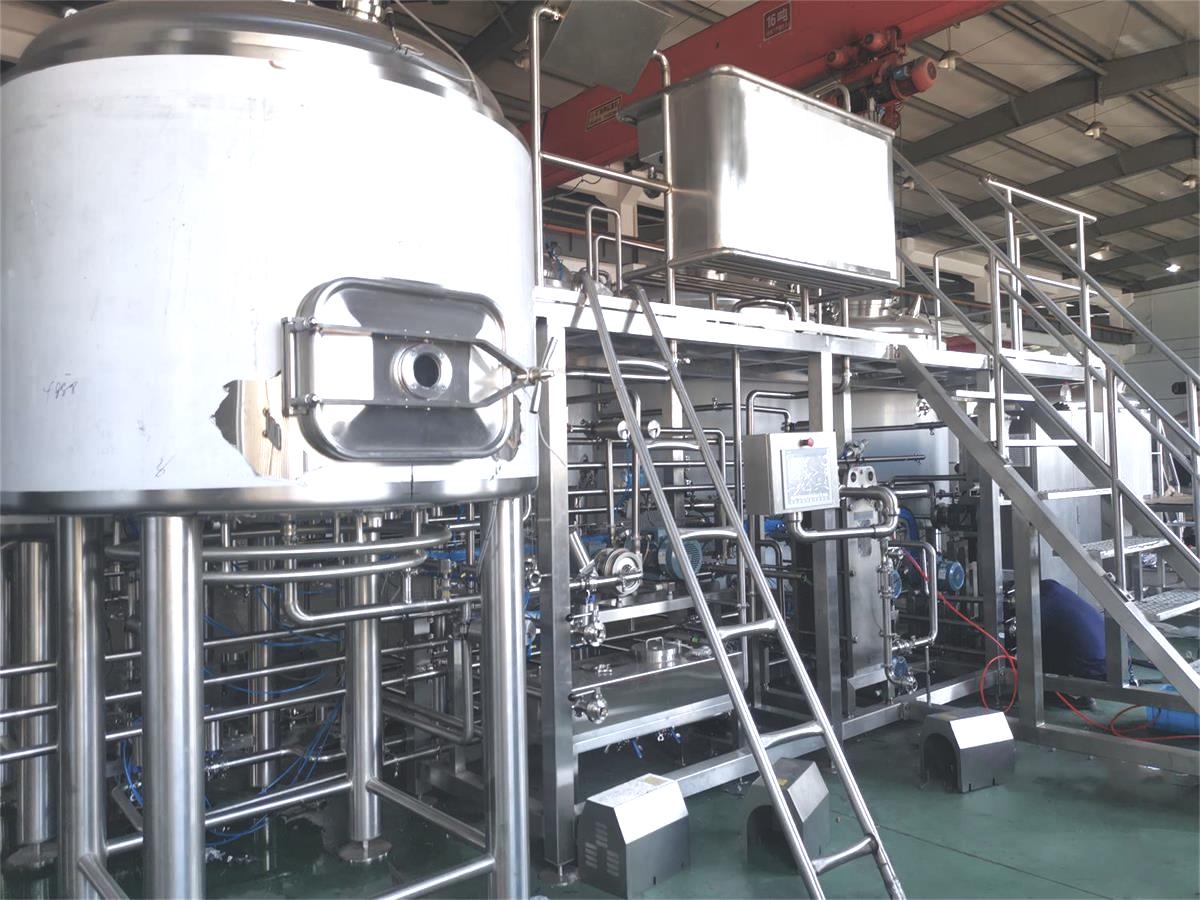مقدمة

في الصناعات التي يستخدم فيها البخار في عمليات مختلفة، فإن الإدارة الفعّالة لمكثفات البخار أمر بالغ الأهمية لأسباب تشغيلية وبيئية. تلعب مضخات إعادة مكثفات البخار دورًا محوريًا في تحسين كفاءة الطاقة من خلال إعادة البخار المكثف (المكثف) إلى نظام تغذية الغلايات. يستكشف هذا المدونة أهمية هذه المضخات ووظائفها وكيف تساهم في الممارسات الصناعية المستدامة.
فهم Steam Condensate Return Pumps
What are Steam Condensate Return Pumps?
Steam condensate return pumps are mechanical devices used to collect and return condensate from steam systems back to the boiler or to other parts of the system where it can be reused. This process is vital for conserving energy and reducing water consumption in industrial settings.
How Do Steam Condensate Return Pumps Work?
These pumps typically operate by utilizing the pressure differential between the steam system and the condensate return line. They are designed to handle hot condensate, often mixed with flash steam, and can vary in size and capacity depending on the specific application and system requirements.
فوائد Steam Condensate Return Pumps
تحسين كفاءة الطاقة
Steam condensate return pumps help improve energy efficiency by recovering and reusing hot condensate that would otherwise be lost. This reduces the need to heat cold water for the boiler feed, thereby lowering fuel consumption and operational costs.
تأثير بيئي
By reducing energy consumption, these pumps also contribute to lower greenhouse gas emissions and overall environmental impact associated with industrial operations. This aligns with sustainability goals and regulatory compliance requirements.
Key Components and Design Considerations
Components of a Steam Condensate Return Pump
| عنصر | وظيفة |
|---|---|
| Pump Casing | Encloses the impeller and directs flow |
| Impeller | Rotates to impart energy to the fluid |
| المحامل | Support the shaft and reduce friction |
| Seals | Prevent leakage along the shaft |
| Control Mechanism | Regulates pump operation and flow rate |
متطلبات التصميم
- Material Selection: Corrosion-resistant materials are crucial due to the hot and often chemically aggressive nature of condensate. Stainless steel and duplex stainless steel are commonly chosen for their resistance to corrosion and high temperatures. Additionally, coatings such as epoxy or ceramic can be applied to internal surfaces to further protect against corrosion, extending the pump’s lifespan and reducing maintenance costs.
- Size and Capacity: Proper sizing ensures optimal performance and longevity of the pump while meeting system demands. This involves calculating the condensate flow rate based on steam consumption rates and accounting for factors such as peak demand periods and pressure drops. Choosing a pump with adequate capacity prevents overworking the system and ensures consistent operation under varying conditions, thereby enhancing overall efficiency and reliability.
- Installation Location: Positioning the pump correctly minimizes piping losses and ensures efficient operation. Ideally, the pump should be installed close to the point of condensate collection to minimize suction head and reduce energy consumption. Moreover, placing the pump at a sufficient height above the condensate return line helps maintain proper NPSH (Net Positive Suction Head) and prevents cavitation, which can damage the pump over time. Proper installation also includes ensuring accessibility for maintenance and monitoring purposes, facilitating prompt troubleshooting and upkeep.
Maintenance and Operational Tips
Maintenance Practices
Regular maintenance is essential to ensure the longevity and efficiency of steam condensate return pumps. This includes:
- Checking and replacing seals and bearings.
- Monitoring pump performance and efficiency.
- Periodic inspection of pump components for wear and tear.
Operational Tips
- Implementing steam trap surveys to minimize steam losses.
- Monitoring condensate return rates to identify inefficiencies.
- Conducting regular training for operators on proper pump operation and maintenance.
دراسات الحالة والتطبيقات في العالم الحقيقي

Textile Manufacturing Plant
In a textile manufacturing plant, installation of steam condensate return pumps resulted in a 15% reduction in fuel consumption by optimizing boiler feedwater temperatures.
Food Processing Facility
At a food processing facility, upgrading to high-efficiency condensate return pumps led to annual savings of over $50,000 in energy costs.
خاتمة
Steam condensate return pumps are integral to improving energy efficiency in industrial steam systems. By recovering and reusing condensate, these pumps help reduce energy consumption, lower operational costs, and minimize environmental impact. Proper design, maintenance, and operational practices are crucial for maximizing the benefits of these pumps in industrial settings.
التعليمات
س: ما هو الغرض من أ مضخة إرجاع المكثفات البخارية?
A:Steam condensate return pumps are used to collect and return condensed steam (condensate) to the boiler feedwater system, reducing energy consumption and improving efficiency.
Q:How do steam condensate return pumps contribute to energy efficiency?
A:By recovering and reusing hot condensate, these pumps reduce the need to heat cold water for the boiler feed, thereby lowering fuel consumption and operational costs.
Q:What are some key design considerations for steam condensate return pumps?
A:Important considerations include material selection for corrosion resistance, proper sizing for optimal performance, and correct installation to minimize piping losses.

